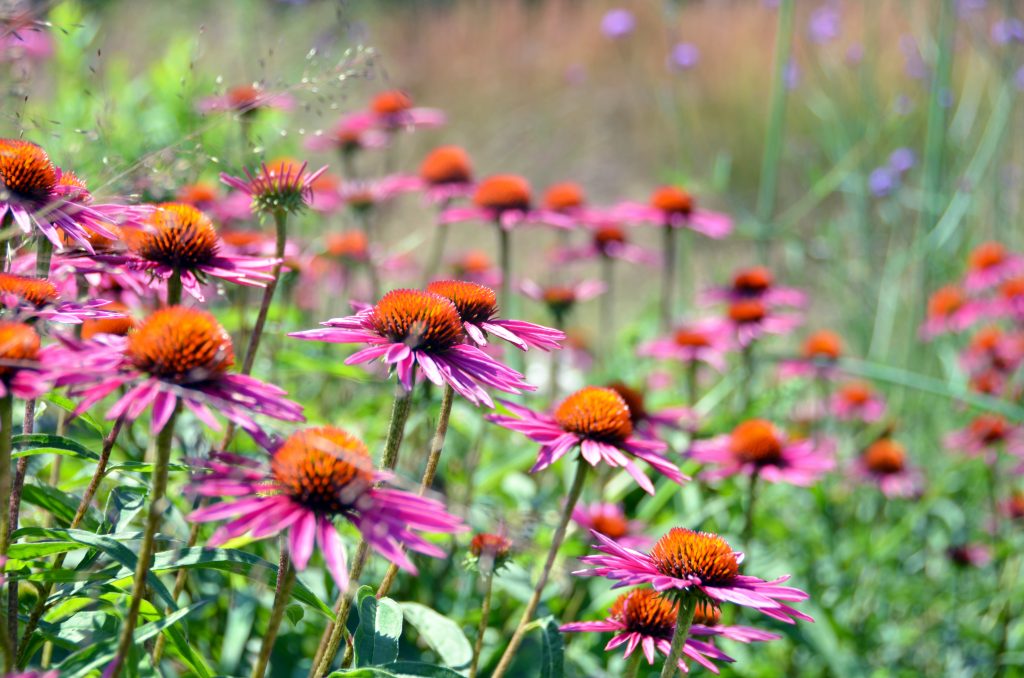If you’ve been to CMBG lately, then you know that this season we’re focusing our attention on the unseen with our theme, Roots: The Other Half of the Story.
Focusing on roots gives us lots of material to play with, and as a gardener and an herbalist, roots comprise both one of my favorite subjects and some of my favorite remedies. Why? Look at it this way—if roots serve as both larder for and custodian of their plants, imagine what they could do for our own network of systems.
In this opinion I’m certainly not alone—herbalists have long valued roots as both food and medicine. Herbalist Deb Soule, author, owner of Avena Botanicals, and a favorite teacher here at CMBG, talks beautifully about the subject in her latest book, How to Move Like a Gardener, a love note to the garden, the soil, and the magic and medicine that grows within it.
Indeed, the opening lines of her chapter on the subject read like a poetic litany to these underground networks:
Astragalus root. Ashwagandha root. Burdock root. Codonopsis root. Comfrey root. Dandelion root. Echinacea root. Elecampane root. Marshmallow root. Nettle root. Pleurisy root. Solomon’s seal root. Teasel root. Valerian root. Yellow dock root. (p.119)
In herbal traditions, medicinal roots tend to ground us, to enhance and strengthen both the immune response and the body in general. Roots like ashwagandha (Withania somnifera) help the body and mind adapt to stress, soothe and strengthen the nervous system, strengthen muscle, build blood, and rejuvenate a flagging spirit.
Astragalus root (Astragalus membranaceus) strengthens the cardiovascular, digestive, and immune systems. Burdock root (Arcticum lappa), perhaps most familiar as an ingredient in a favorite stir-fry recipe, stimulates digestion, supports liver health, and is tonic for the skin.
Dandelion root (Taraxacum officinalis, which we talked about in an earlier blog post this season) improves digestion, can be a powerful diuretic, cleanses the liver, helps ease hormone imbalances, and aids in resolving skin issues.
That roots and their medicine are intricately connected to the seasons should not surprise any of us—stockpiled in the fall, roots store the food that will be needed by the plant all winter long, then offer a final burst of energy for growth in the spring. It follows, then, that spring and fall are harvest season for roots—a time when that food/medicine is strongest and most readily available.
It, too, follows that these may be the best seasons to use root medicine (winter, after all, calls for the comfort of root vegetables, spring for the bitter bite of dandelion and burdock…). “Medicinal roots and root vegetables are beneficial to those who feel ungrounded, disconnected, scattered, weak, or discouraged and those who have experienced a trauma or loss,” writes Deb. “Roots lend support to those seeking to strengthen their inner core, to stand with confidence, and to be present and rooted throughout life’s varied journeys” (p. 120).
After the harvest comes the processing—washing, cutting, tincturing or drying. Interested in learning more? You’re in luck—this September, we’re offering the perfect class to get you ready for your own medicinal harvest. Join Deb Soule for “Healing Root Remedies” on Friday, September 6, and learn how to safely and sustainably grow and gather various medicinal roots and how to prepare a variety of remedies.
Come learn from a true and intuitive herbal master, challenging yourself to begin or expand your herbal apothecary. After all, as Deb says, “Infinite possibilities emerge from strong roots.”

